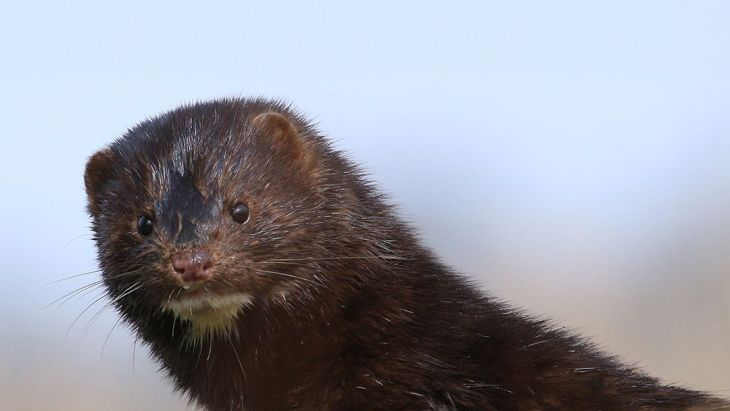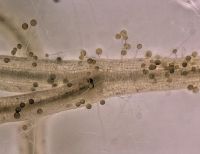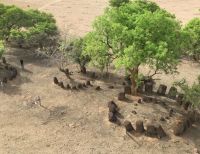Amos is involved in a project that aims to eradicate mink from the UK and the challenge, he says, is getting rid of them all as quickly as possible. Previous attempts at eradication simply haven't worked because if there are any left at all, the population quickly bounces back.
“There were two main issues with previous eradication efforts,” says Amos. “The first is that they couldn’t be 100% confident of removing all the mink, and the second – which can’t be separated from the first – was not knowing the extent to which mink were migrating into cleared zones from the surrounding areas.”
This time it’s different. The new project has brought in smart traps, baited with a potent extract from mink anal glands, to lure in the mink. Traps are floated discreetly on rafts in waterways where the mink hang out. And as soon as a mink is caught, someone is automatically notified and can get there quickly to humanely kill it.
The second weapon is Amos’ speciality: genetics.
“If you don't know how far mink are moving, you don't know the area you have to clear before you can be fairly sure they're not coming back by immigration,” he says, “so that's where the genetics comes in big time.”
“By analysing DNA samples taken from the caught mink, we can estimate the relatedness between them – are they mother and daughter, are they siblings from the same litter? We were astonished to find that almost all family members are caught within about 15 kilometres of each other. This shows that the majority of mink aren’t moving very far at all.”
Focusing on 100 different genetic traits, Amos has mapped mink genetics across the country to help him pinpoint exactly where any specific mink is likely to have come from.
“It's like plotting the frequency of red hair genes in humans across the UK – if you did this you'd find big spikes in Ireland and Scotland,” he says. “So for the mink that means we can work out where immigrants to an area have come from, and start identifying their primary routes of travel.”
















